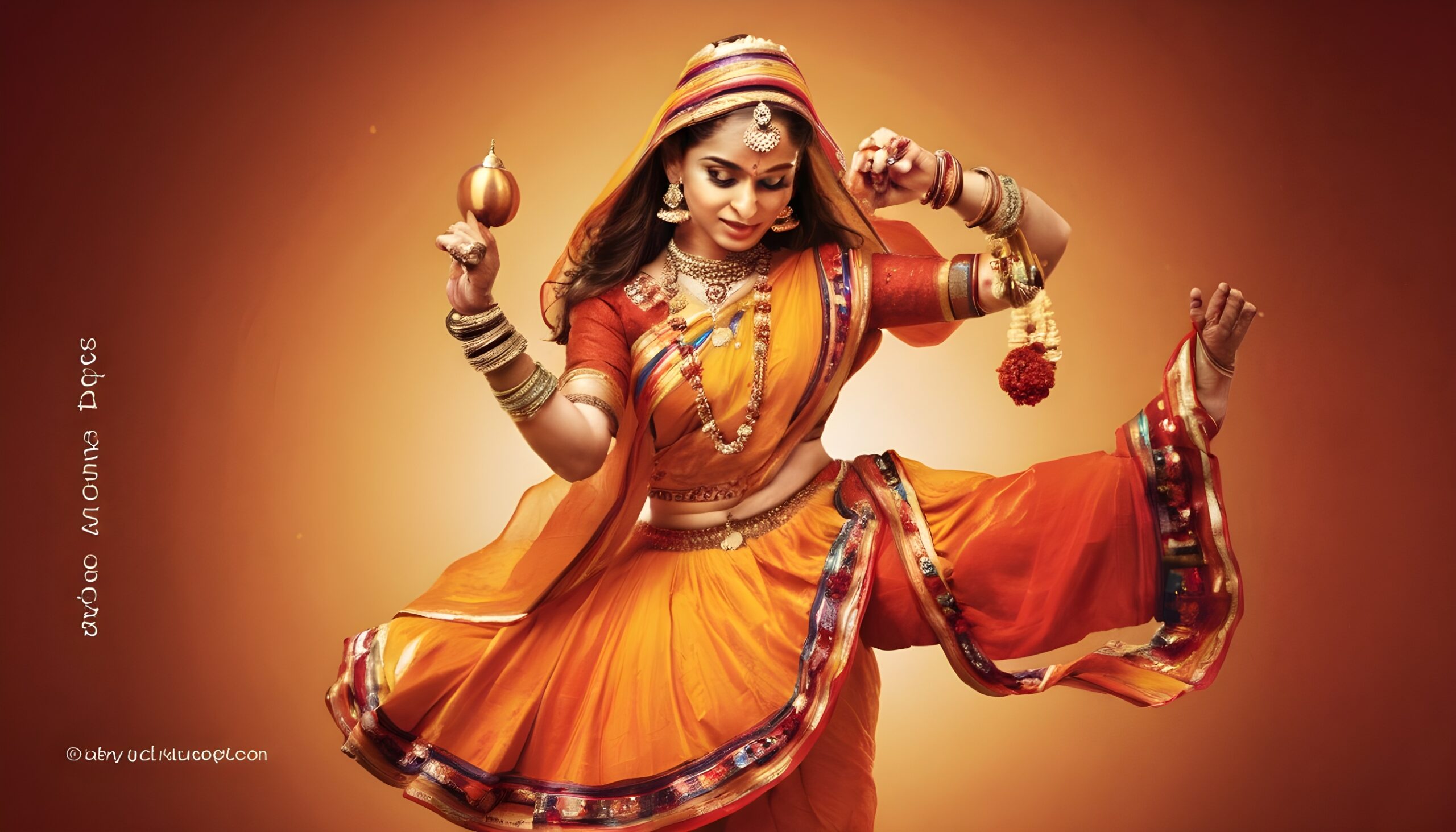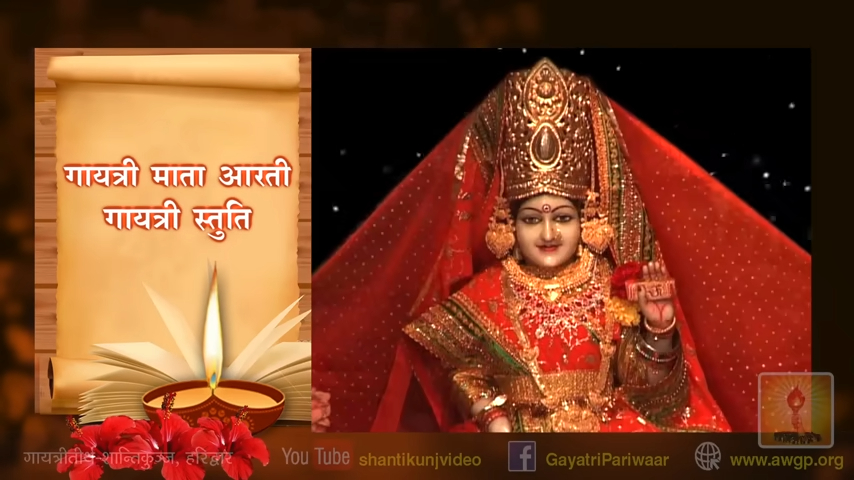
Start Navratri Right: How to Worship Maa Shailputri and Get Prosperity
As Navratri starts today, many people wonder what should be done on the first day of Navratri to ensure a blessed and spiritually enriching start. We will guide you through the rituals, significance, and spiritual practices that mark the first day of Navratri.
Significance of Navratri
The word Navratri is derived from Sanskrit, meaning “nine nights.” During these nine days, devotees worship Goddess Durga, seeking her blessings for health, wealth, and protection from evil forces. Each day is dedicated to a different form of Durga, and the first day holds special significance as it sets the tone for the rest of the festival.
Navratri is not just a festival of worship; it symbolizes the battle between good and evil forces. It is believed that during these days, Goddess Durga descends on Earth and blesses her devotees. The festival is also a reminder that with devotion and discipline, one can overcome life’s challenges, much like how Durga defeated the demon Mahishasura after a fierce battle.
Day 1: Worship of Goddess Shailputri
The first day of Navratri is dedicated to Maa Shailputri, the daughter of the mountains. She represents strength, purity, and the power of nature. Shailputri is a form of Goddess Parvati, and her name signifies her origin as the daughter of the Himalayas. Her worship on the first day marks the beginning of the spiritual journey, invoking blessings for strength and the courage to face life’s challenges.
How to Worship Shailputri:
- Set up the Puja Altar: Begin by cleaning a sacred space in your home where the puja will take place. Place a statue or image of Goddess Shailputri on a clean altar. You may also keep a Kalash (a copper or brass vessel filled with water) at the altar, symbolizing purity and auspiciousness.
- Wear Red or White Attire: Red and white are the most auspicious colors for the first day, representing purity and strength. Wearing these colors during the worship of Maa Shailputri attracts her blessings.
- Offer Flowers and Fruits: Present white or red flowers like hibiscus, lotus, or jasmine to the goddess. Additionally, offer fresh fruits, particularly apples and bananas, as part of the bhog (offering).
- Chant Durga Mantras: Reciting the Durga Stuti or Durga Chalisa during the puja is considered highly auspicious. You can also chant “Om Devi Shailputryai Namah” to invoke the blessings of Maa Shailputri.
After performing the rituals, light a lamp or diya and offer incense. Devotees also read or listen to Shailputri Katha, a story narrating the origin and power of the goddess.
Significance of Kalash Sthapana (Ghatasthapana)
Kalash Sthapana, or Ghatasthapana, is a crucial ritual performed on the first day of Navratri. It signifies the invocation of divine energy and marks the beginning of the puja. This ritual involves placing a sacred Kalash on a bed of soil, symbolizing the start of a new spiritual journey.
How to Perform Kalash Sthapana:
- Fill a copper or brass vessel (Kalash) with water, adding a few mango leaves and placing a coconut on top.
- Decorate the Kalash with turmeric, sandalwood, and vermillion.
- Place the Kalash on a bed of soil where barley seeds have been planted, symbolizing prosperity and growth.
- The Kalash should be placed in the northeast direction of your home or altar.
Performing Kalash Sthapana invites positive energy into your home and ensures a prosperous and peaceful Navratri.
Fasting on the First Day
Fasting during Navratri is considered a powerful way to purify the mind and body. Many devotees observe fasts to seek the blessings of Goddess Durga, following specific dietary rules that exclude grains, onions, and garlic. Instead, they consume fruits, milk, and satvik (pure) food like sabudana, buckwheat, and amaranth flour.
Types of Fasting:
- Nirjala Vrat (Without Water): This is a strict fast where devotees refrain from consuming water or food. It is a challenging but spiritually rewarding practice.
- Phalahari Vrat (Fruit-based Fast): In this fast, devotees consume only fruits, milk, and light foods such as kuttu ka atta (buckwheat flour) or singhare ka atta (water chestnut flour).
- Partial Fast: Some people eat a single meal in the evening after completing their daily prayers.
Regardless of the type of fast, the aim is to purify the body and mind, enhancing one’s focus on devotion and worship.
Spiritual Practices for the First Day
Apart from the rituals, there are several spiritual practices you can engage in on the first day of Navratri to deepen your connection with the divine:
- Meditation: Begin the day with meditation, focusing on Maa Shailputri’s image or chant her mantra. This helps in aligning your mind with the energy of the goddess.
- Japa (Chanting): Repeated chanting of Durga mantras like “Om Dum Durgaye Namah” can invoke positive energy and inner strength.
- Reading Scriptures: Read sacred texts such as the Durga Saptashati or listen to the Navratri Katha. Understanding the stories of Goddess Durga and her divine actions instills faith and inspires courage.
Why Navratri Is a Time for Inner Transformation
Navratri is not only about external rituals; it is a festival of inner transformation. Each day of Navratri represents a step toward spiritual growth and self-purification. The first day of Navratri, dedicated to Shailputri, encourages devotees to reconnect with nature and their inner strength. By following the rituals and maintaining a devotional mindset, devotees can experience inner peace and divine grace.







